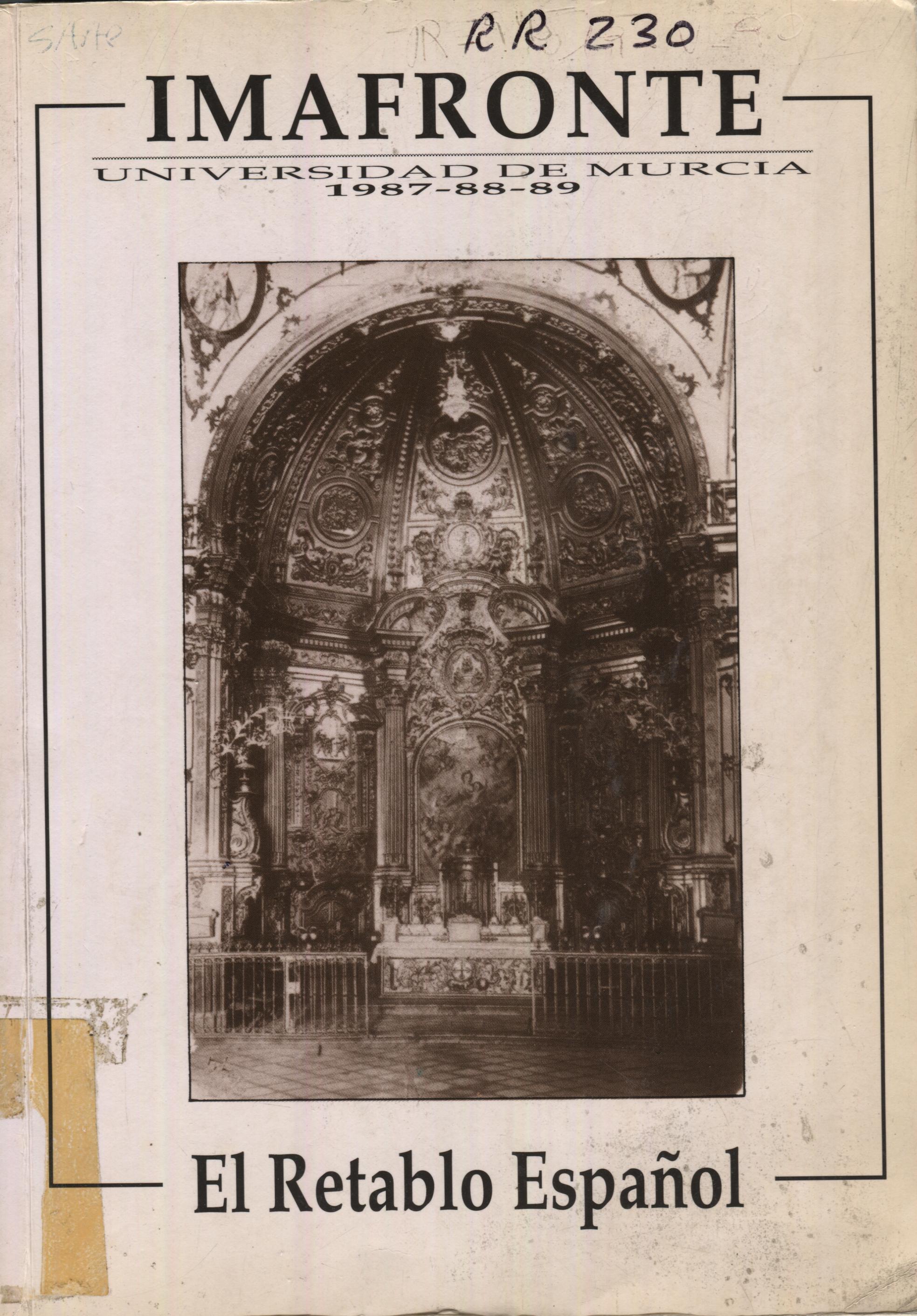LA FAMILIA PRIMO; RETABLISTAS DEL SIGLO XVIII EN ANDALUCÍA
Resumen
Here we have an enigmatic family. Its most distinguished members (Antonio, Matías and Francisco) wrote an important chapter in the history of the Cordovan Baroque altarpiece, mainly in the area of Priego and Lucena. In these and other cities they evolved a type of retable based on the use of supports of differing design. usually rising from pedestals of dlfferent form. Among the characteristic features identifying retables made by the Primo family the most prominent are the projecting movement of the central division, the ascending movement of the cornice, with its markedly undulating lines (which at a certain moment raised the possibility of the influence of Pedro Duque Cornejo), and the paired volutes curving inwards which provide an individual touch, quite different from any other possible influence that we may detect. The possibility of determinng some of these formal features (in which the mixtilinear cornice plays a part too) has facilitated the making of hypothetical attributions outside the Cordovan area. The documented presence of Francisco Primo as living in Antequera, enables the main retable of the Carmen Calzado (Shod Carmelites); in that city to be attributed to the Primo family. It incorporates many features of the main retable of the church of the Carmelitas Descalzas (Unshod Carmelite nuns) in Lucena, erected by Mateo Primo. These parallels also render it possible to presume the participation of the workshop in the retable of St Anthony in the church of Observantes de San Francisco (Franciscan Friars of Primitive Observante) and in that of the Cofradia de la Vera Cruz (Confraternity of the True Cross), both in Estepa. A significant attribution of no little daring is the hypothetical participation of some member of the Primo family in the main retable of the Carmelitas Descalzos (Unshod Carmelites), in Cadiz (circa 1770). It marks a new stage of evolution, evident on both the conceptual and formal levels, in respect of the altarpieces discussed previously. The Cadiz example stands apart for several reasons, notably the employment of Corinthian columns and Rococo ornament, as also the emphasis on powerful masses and the use of chiaroscuro.Descargas
-
Resumen960
-
PDF189
Las obras que se publican en esta revista están sujetas a los siguientes términos:
1. Los autores ceden de forma no exclusiva a la revista los derechos de explotación (reproducción, distribución, comunicación y transformación).
2. Las obras que se publican en esta revista están sujetas a la licencia Attribution-ShareAlike 4.0 International (CC By SA 4.0). Por lo que se pueden copiar, usar, difundir, transmitir y exponer públicamente, siempre que:
i) se cite la autoría y la fuente original de su publicación (revista, editorial y URL de la obra), permitiendo así su reconocimiento.
ii) se permite remezclar, transfromar o crear a partir del material mientras se mantenga la misma licencia del original.
3. Condiciones de auto-archivo. Se permite y se anima a los autores a difundir electrónicamente las versiones pre-print (versión antes de ser evaluada) y/o post-print (versión evaluada y aceptada para su publicación) de sus obras antes de su publicación, ya que favorece su circulación y difusión más temprana y con ello un posible aumento en su citación y alcance entre la comunidad académica. Color RoMEO: verde.
























